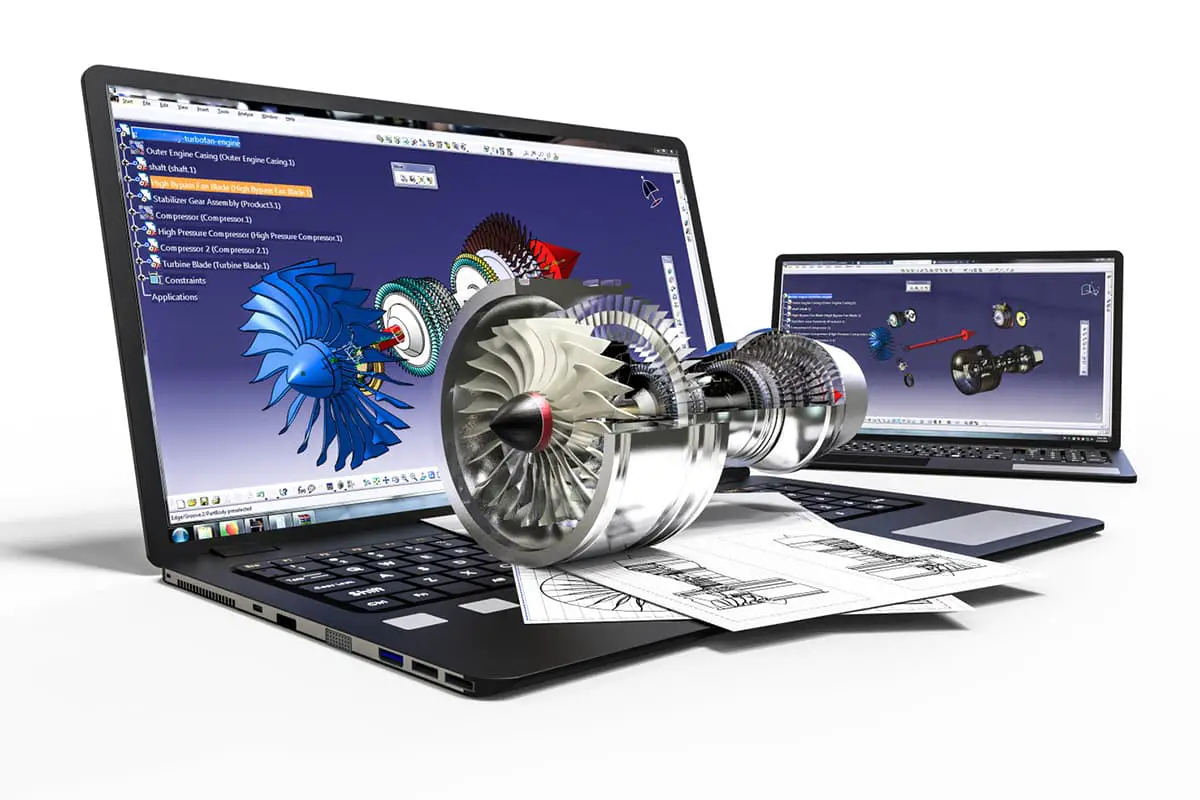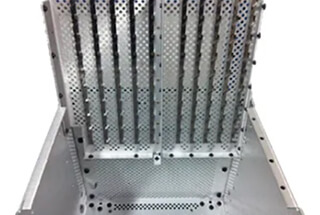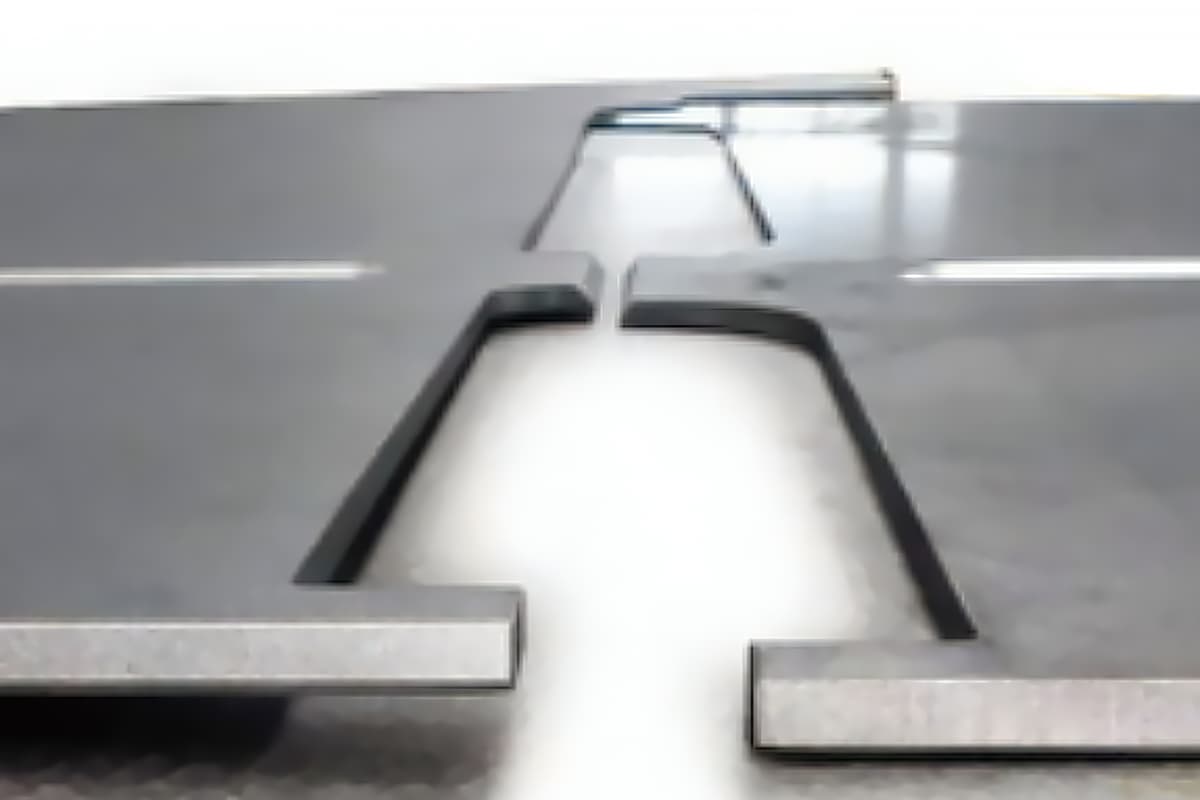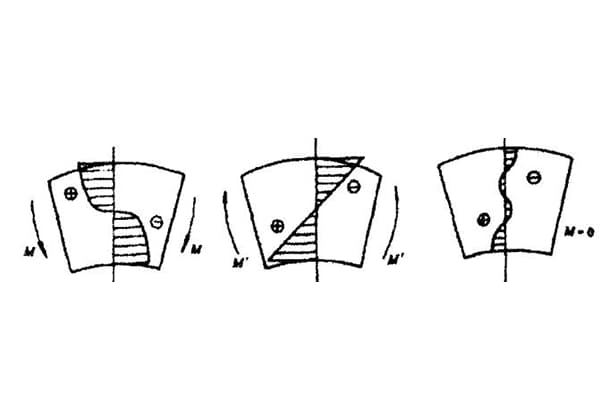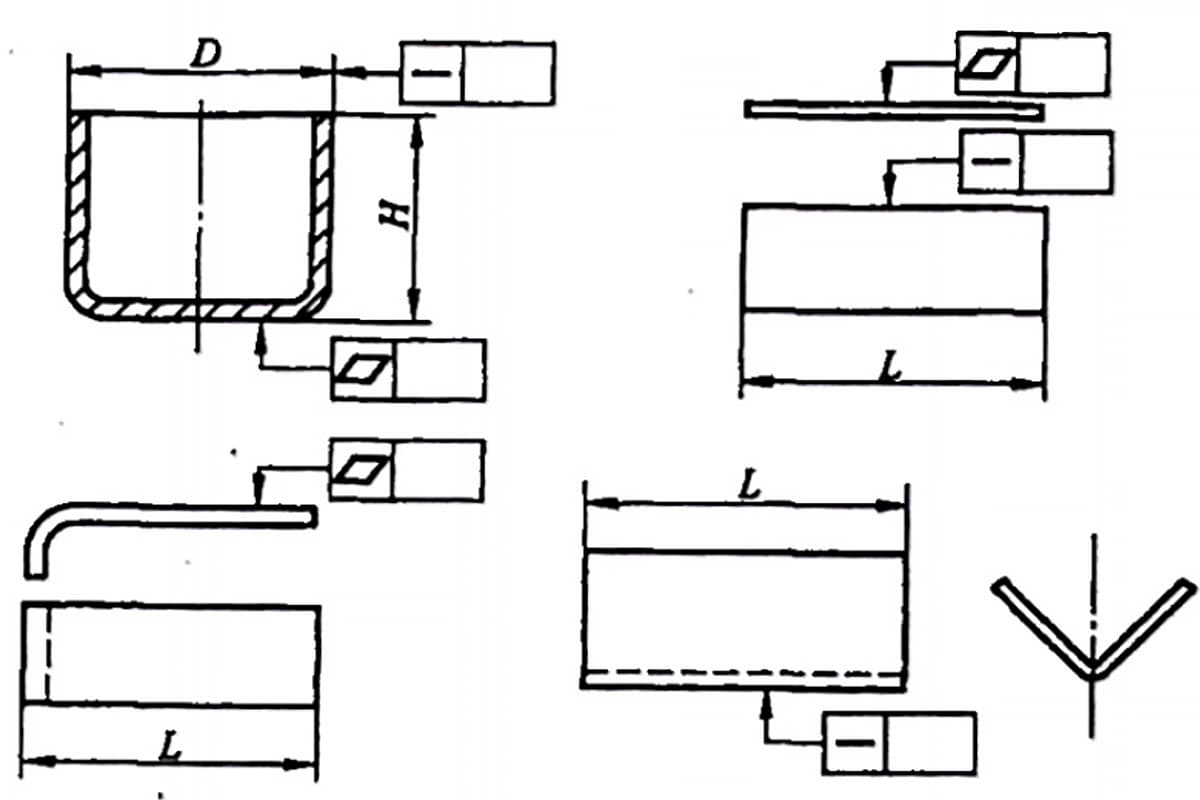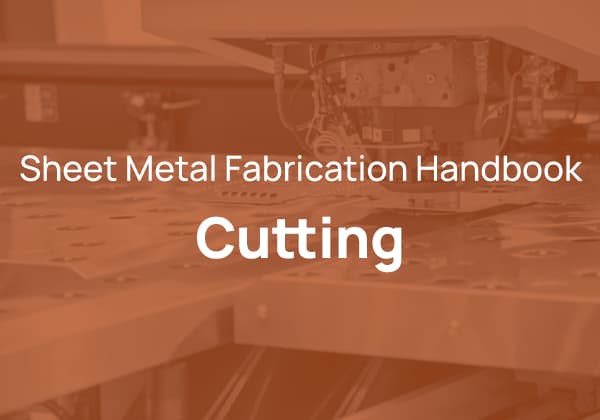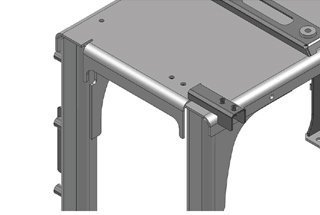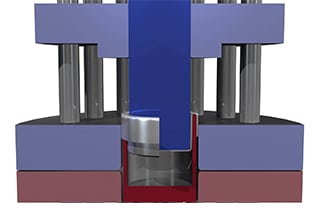
Ever wondered why sheet metal fabrication costs vary so widely? This article dives into the detailed breakdown of these costs, from material and processing fees to administrative and profit margins. You’ll learn how each factor contributes to the final price, helping you make informed decisions for your projects. Understanding these cost components will give you a clearer picture of where your money goes and how to optimize your budget effectively.
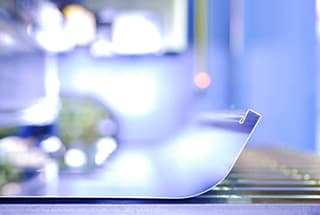
Detailed cost composition analysis of sheet metal parts is summarized below:
Material cost is a fundamental component in the overall cost structure of sheet metal parts. It is calculated based on the specific material requirements outlined in the engineering drawings. The formula for determining the material cost is as follows:
Material Cost=Material Volume×Material Density×Material Unit Price
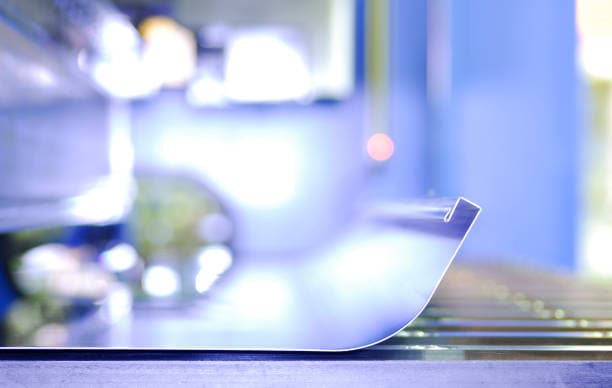
This refers to the cost of standard parts required by the drawings.
Processing cost refers to the cost of each process required to transform raw materials into finished products. The main processes and their cost components are listed below:
Its cost composition = equipment depreciation and amortization + labor cost + auxiliary materials.
Equipment depreciation and amortization:
Equipment depreciation is calculated as per 5 years, 12 months per year, 22 days per month and 8 hours per day.
For example, for equipment of 2 million, the equipment depreciation per hour = 200 * 10000 / 5 / 12 / 22 / 8 = 189.4 yuan / hour.
Labor cost:
Each CNC needs three technicians to operate. The average monthly salary of each technician = 1800 yuan, 22 days per month, 8 hours per day, that is, the cost per hour = 1800 * 3 / 22 / 8 = 31 yuan / hour.
Auxiliary material cost:
It refers to the auxiliary production materials such as lubricant and volatile liquid required by the equipment.
Each equipment needs about 1000 yuan per month. Calculated by 22 days per month and 8 hours per day, the cost per hour = 1000 / 22 / 8 = 5.68 yuan / hour.

Its cost composition = equipment depreciation and amortization + labor cost + auxiliary materials.
Equipment depreciation and amortization:
Equipment depreciation is calculated as per 5 years, 12 months per year, 22 days per month and 8 hours per day.
For example: for equipment of 500000, equipment depreciation per minute = 50 * 10000 / 5 / 12 / 22 / 8 / 60 = 0.79 yuan / minute
It generally takes 10 seconds to 100 seconds to bend one bend, so the depreciation of each bend is 0.13-1.3 yuan / bend.
Labor cost:
Each equipment needs one technician to operate. The average monthly salary of each technician is 1800 yuan. He / she works 22 days a month and 8 hours a day.
That is, the cost per minute = 1800 / 22 / 8 / 60 = 0.17 yuan / minute. The average number of turns per minute is 1-2. Therefore, the labor cost per turn is 0.08-0.17 yuan / lane.
Auxiliary material cost:
The cost of auxiliary materials used for each bending machine is 600 yuan per month, calculated as 22 days per month and 8 hours per day, and the cost per hour = 600 / 22 / 8 / 60 = 0.06 yuan / lane.
For outsourced products, the purchase price (such as electroplating and oxidation) is applied.
Composition of spraying cost:
Spraying cost = powder material cost + labor cost + auxiliary material cost + equipment depreciation.
Powder material cost: the calculation method is generally based on square meters.
The price per kilogram of powder varies from 25 to 60 yuan (mainly related to customer requirements).
Generally, 4-5 square meters can be sprayed per kilogram of powder.
Powder material cost = 6-15 yuan / m2
Labor cost: there are 15 people in the spraying line, each of whom is 1200 yuan / month, 22 days per month, 8 hours per day, and 30 square meters per hour.
Labor cost = 15 * 1200 / 22 / 8 / 30 = 3.4 yuan / square meter.
Auxiliary material cost: mainly refers to the fuel cost for pretreatment liquid and curing furnace, which is 50000 yuan per month, 22 days per month, 8 hours per day, and 30 square meters per hour.
Auxiliary material cost = 9.47 yuan / square meter.
Equipment depreciation: the investment of the spraying line is 1 million yuan, which is depreciated by 5 years.
It is in December of each year, 22 days per month, 8 hours per day, and 30 square meters per hour.
Equipment depreciation expense = 100 * 10000 / 5 / 12 / 22 / 8 / 30 = 3.16 yuan / m2;
Total spraying cost = 22-32 yuan / m2;
If local protective spraying is required, the cost will be higher.
According to different products, the packaging requirements vary, and the price is generally 20-30 yuan per cubic meter.
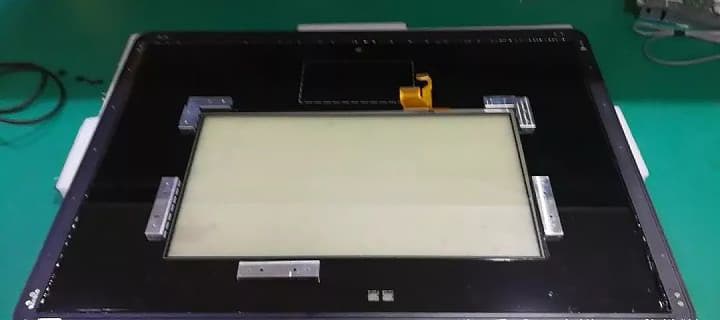
Transportation costs are amortized into the products.
Administrative expenses include plant rent, water and electricity, and financial expenses.
Plant rental water and electricity:
The monthly cost of plant rent water and electricity is 150000, and the monthly output value is calculated as 4 million.
The proportion of plant rent water and electricity to the output value is = 15 / 400 = 3.75%.
Financial expenses:
Due to the mismatch between accounts receivable (A/R) and accounts payable (A/P) cycles, funds need to be pressed down for at least 3 months, with bank interest of 1.25-1.5%. Therefore, administrative expenses should account for about 5% of the total sales price.
Considering the company’s long-term development and better customer service, a reasonable profit point is set, such as 10% – 15%.
The manufacturing price of sheet metal is calculated according to the operation time:
The above calculation method requires high comprehensive quality and a good understanding of industry dynamics, but it is difficult to operate.
The following sheet metal calculation is an empirical calculation formula without considering the manufacturing process:
Material price = Kilograms of Expanded Blanking×Market Material Price
Processing cost calculation: process, tax, management cost and freight are not considered.
Benchmark calculation: 3200RMB / T cold rolled steel plate t = 2.0 1804-m grade 7 IT7.
Cold work processing cost: 8.0 ~ 8.4 RMB / KG, and the workers produce more than 50KG per work.
Cold work includes the following: grinding machine cutting, old-fashioned shearing machine, old-fashioned bending machine, flame piercing, old electric welding, and outsourcing price of 7.2 ~ 7.5 RMB / KG.
The above processing factor base is set to 1.
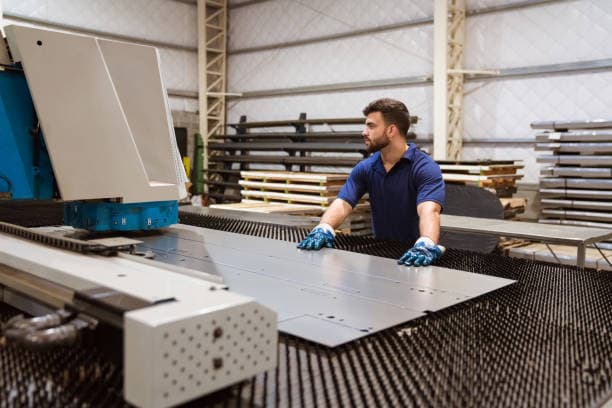
For numerical control plate cutting, numerical control punching, numerical control bending and CO2 shielded welding, the outsourcing cost is taken as 2.5 ~ 3.5, and the factors are taken into account according to the number of processes and complexity.
Laser cutting is twice as much as punching:
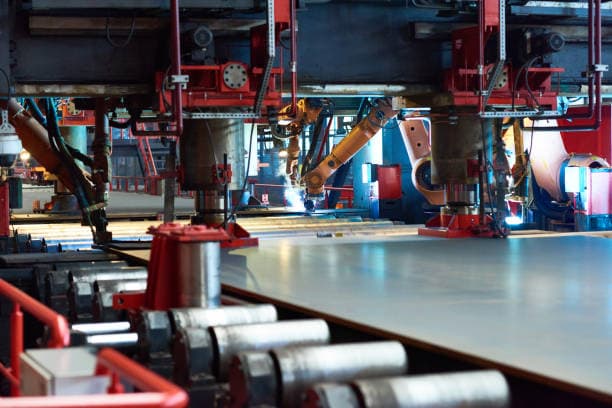
When the plate is not equal to 2, the processing cost is calculated as equal to 2.
When the plate is less than 1.2, the processing cost is multiplied by 2.5 ~ 3.5.
When the market price of materials fluctuates, the processing cost base remains unchanged.
If the sheet metal is fully assembled without welding, the counting coefficient is multiplied by 0.75 ~ 0.85, which is generally greater;
If the tolerance level is increased to 1804-f, the count coefficient is multiplied by 1.5 ~ 2;
In case of batch deburring and blunting, the counting coefficient shall be multiplied by 1.1 ~ 1.5;
The price of surface spraying is 20 ~ 30 RMB / m2;
The processing price of surface three-layer paint is 15 ~ 20RMB / m2;
If there are special requirements and manufacturing is difficult, the yield must be considered and the yield coefficient must be multiplied;
The above appraisal price is the standard appraisal price, that is, the scrap rate is within 3%, and the profit is about 28% 35%.
After tax deduction, the profit is about 18% 23%.
If there is a requirement for profit, the corresponding multiplication coefficient shall not be less than 1.75.

